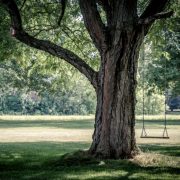Art and sculpture
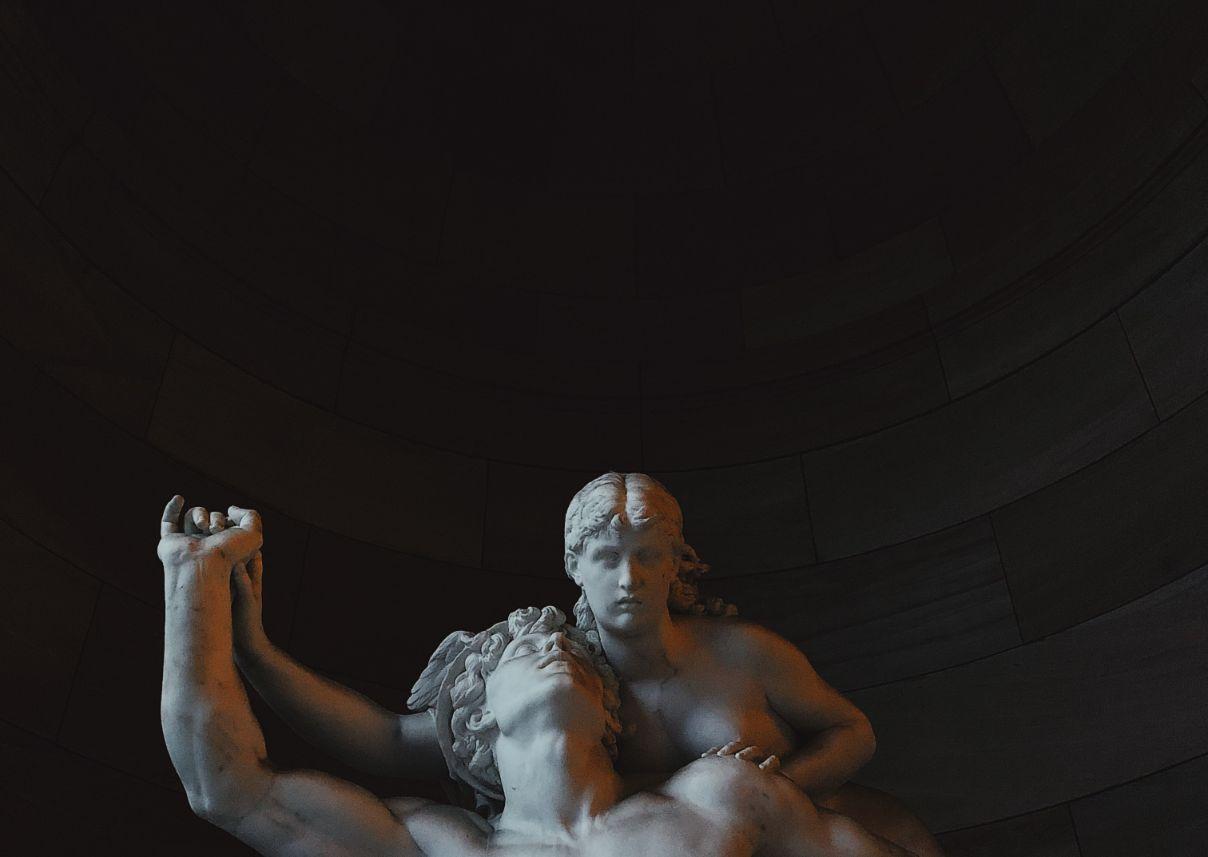
Art is an interesting part of life. From simple everyday interaction to ceremonial and religious events, Art plays a major role in lending beauty and importance to things. In present day, art is used in learning and education, in entertainment and advertisement.
Art, whether literary, visual or performing is communicative. It involves the use of words, and substantial materials to pass a message to the desired public.
Art is reflective of the particular society in which it is displayed. Music, dancing and literature are all part of the customs and traditions of a society.
From the dawn of time, human life has always been reproduced by art. The man is a creature that appreciates beauty in diverse forms. Even in primitive times, Art has been ubiquitous. Artworks had both religious or cultural use and visual use.
All over the world Art means different things to different people. The definition of Art according to the ‘Oxford‘ Dictionary is the expression or application of human creative skill and imagination, typically in a visual form such as painting or sculpture, producing works to be appreciated primarily for their beauty or emotional power.
The creation of objects as a result of inspiration derived from experience or abstract ideas is art. Some would define art as beauty brought to life or as a medium of expression.
Art is divided into three major branches.
BRANCHES OF ART
LITERARY ARTS
These are the written parts of art such as poetry, prose, drama, legends, myths, and folktales.
PERFORMING ARTS
These are the performing parts of art. They are
music, dance and theatre. This branch of art involves the showcasing of the beauty of voice, the fluidity of bodies in motion and the intrigue of drama.
VISUAL ARTS
This articles’ focus is on Visual art as a whole and sculpture as a part more than any other branch of art. Visual art consists of things that can be seen and felt such as Drawing, architecture, and paintings.
WHEN DID VISUAL ART BEGIN?
Visual art began as soon as men got a break from fighting for survival. When faced with the task of spending their free time, men gave in to the instinct to produce and appreciate beauty.
Visual Art history is divided into six stages:
- The Stone age
- The Mesolithic era
- The Neolithic era
- The bronze age era
- The Iron Age
- Medieval Art Era
- Contemporary Art Era
- Modern Art Era
1. THE STONE AGE ERA
In this era, materials used for art were mostly stones. They were used to make tiny figurines. This was also the era of Cave painting which involves making paintings on the wall.
These paintings were either monochrome or done with the colours Red and Black because colours were made from iron oxidized to form ochre(red colour) and black colour derived from charcoal and burnt bones.
These paintings were predominantly about animals and hunting scenes. The Aboriginals did paintings of spirit beings, fishes and other animals. These paintings were mostly done with fingers, bone flutes and other instruments.
They were made on the roof or very high up in the caves and since the animals were painted in motion flickering lamps would give the illusion of the animals being alive.
Some of these paintings were symbolically used as a way of preserving history and also a medium of serving the gods the people believed in at the time.
2. THE MESOLITHIC ERA
In this era, the warmer climate and the growth of forests made the people become something of settlers. They began to farm and domestic animals. The art of this time was a lot more sophisticated that in the Old Stone Age.
The people used curved tools called Microliths to give their stone art polish. The first pottery was made in this period and paintings were made of humans as well as animals.
Unlike in the Old Stone Age, people began to make paintings not just in caves but also on rocks outdoors. Ceramics were made for purposes of history, religion and as tools. Jewelry such as pendants were also made during this time.
3. THE NEOLITHIC ERA
In this era the people had finally become settlers in small villages or even cities. This settling triggered a belief in supernatural deities which caused the construction of temples for various gods and goddesses.
Art at this time began to focus more on beauty, thereby gaining a level of sophistication absent in art from the previous era. Paintings depicted everyday activities such as dancing and tending to farm animals and were made on outdoor surfaces.
Sculptures of animal heads, pendants and grotesque representations of humans were created at this time.
4. THE BRONZE AGE
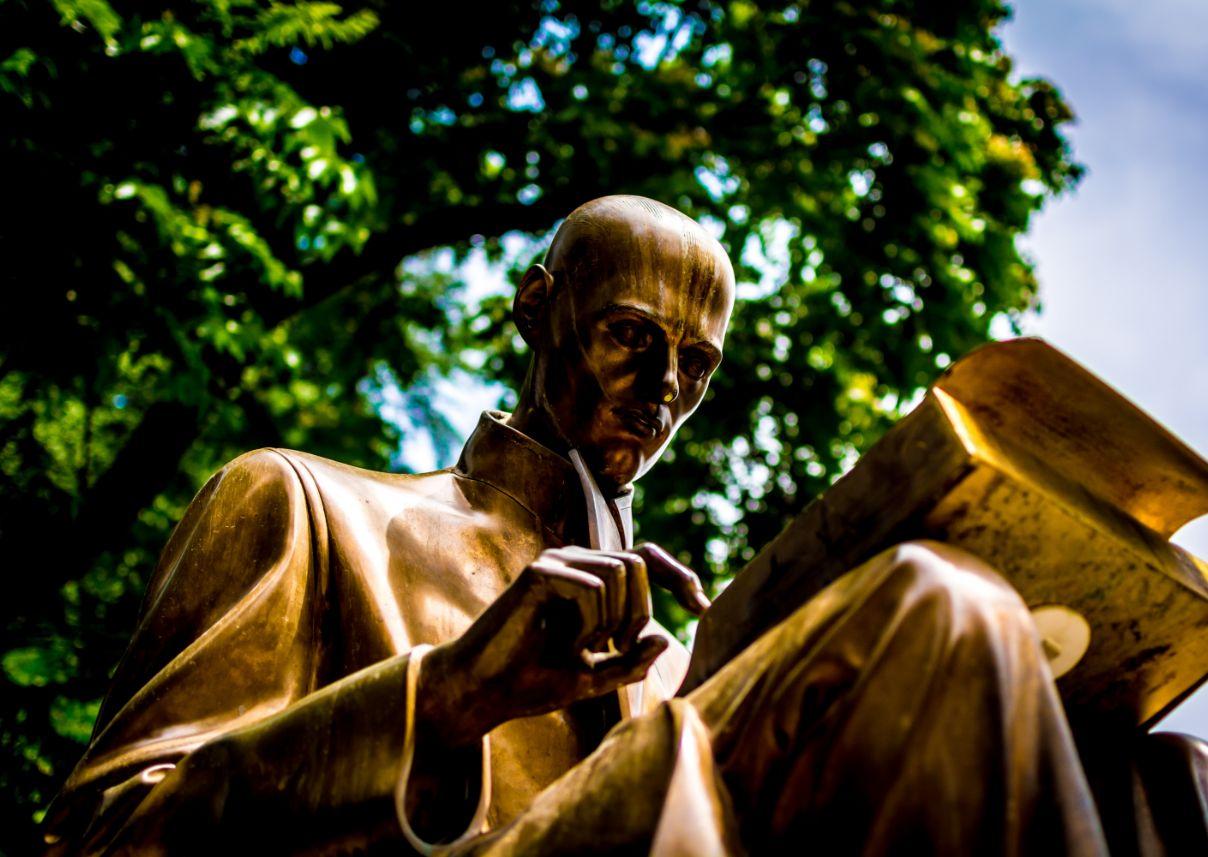
Image source: Unsplash.com
This age brought about the production of ornamented armors, masks and other copper and tin products. The bronze is a very durable and hard metal was very good economically and societies who had such metal around them were advantaged.
Skilled artists used bronze for decorative and construction purposes. In the Near East and Egypt, bronze was used in the construction of sculpture and pyramids.
Bronze was made from melting copper and tin and mixing them into an alloy. This hot mix of metals was now poured into a case of dry wood or stone and left to cool.
Bronze was used to make colourful murals and fresco and other jewelry and adornments.
In Africa and other parts of the world, bronze casting is still an important and lucrative business.
5. THE IRON AGE
In this era, bronze was replaced with Iron. Previously, blacksmiths had been unable to work iron because it was too soft. The knowledge that when Iron is burned with copper it produces steel ushered in the Iron Age.
The Iron Age brought much prosperity, Iron was used to produce weapons, pottery and even sculptures.
6. AFTER PREHISTORIC ART
After the Iron Age Era was the Medieval Art Era, the Post-Renaissance Art Era, Contemporary Art Era, and Modern Art Era. All these different Eras witnessed enormous change in what people considered to be beautiful and are differentiated by their diverse art forms.
Throughout prehistoric period, sculpture was a constant in art. From small stone to large bronze sculptures, sculptures have appeared throughout history.
SCULPTURE
Sculpture is an art for which involves the working, molding, casting and melting of metals, glass, stone, wood e.t.c. into three dimensional objects.
According to Wikipedia, Sculpture is the branch of the visual arts that operates in three dimensions. It is one of the plastic arts. Durable sculptural processes originally used carving (the removal of material) and modelling (the addition of material, as clay), in stone, metal, ceramics, wood and other materials but, since Modernism, there has been an almost complete freedom of materials and process. A wide variety of materials may be worked by removal such as carving, assembled by welding or modelling, or molded or cast.
Sculpture is an ever growing branch of Art that is fluid and changes over time. The form of sculpture is not static and what is considered sculpture now is different from what was considered sculpture some time ago.
One fundamental thing about sculpture that differentiates it from other art forms is that it has mass and it occupies space. Unlike paintings, drawings and other forms of art that appear on surfaces in a two dimensional form.
Sculptures can be held and felt as though they are real life animals and human beings. Ancient sculpting primarily depicted real objects such as pottery, humans, animals and gods. Present day sculpture on the other hand tend to be more abstract.
Sculpture is unique because the materials used for sculpture have evolved over time from the traditional stone and metal to various other materials.
MATERIALS USED IN SCULPTING
Stone
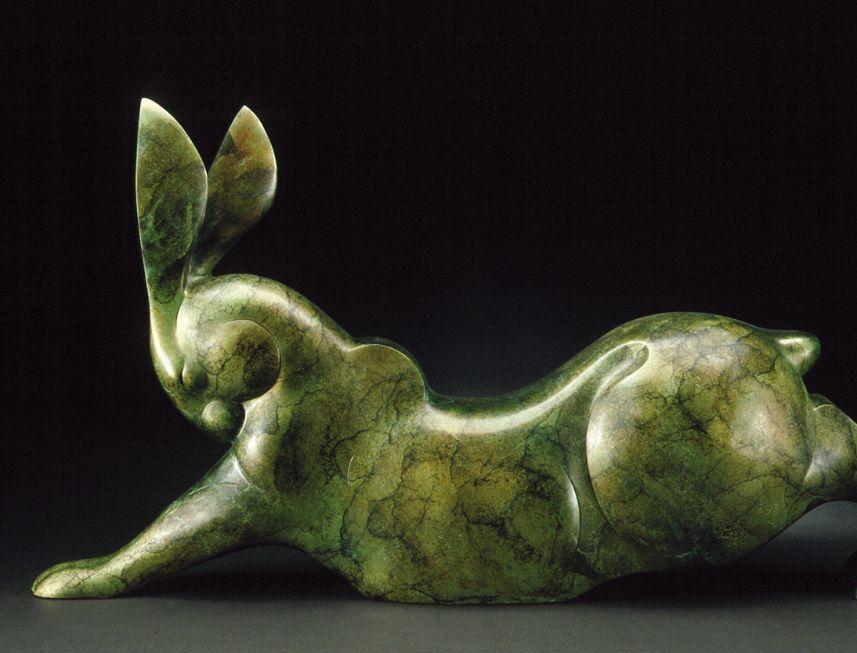
Image source: Unsplash.com
Stone is so great for sculpture because it comes in an original three dimensional form and can easily be carved. They can also be kept outside because of their natural resistance to the elements.
Stone makes beautiful sculpture, the smoothness and fineness of stone makes it perfect for sculpture. Marbles when used for sculpture creates a fine bright surface that flashes in the light.
Precious stones such as Jade are also used for sculpture though they are more expensive and harder to work than ordinary stones.
One disadvantage of stone sculpture is that although heavy and hard, stone can be easily fractured if carved too thinly.
Wood
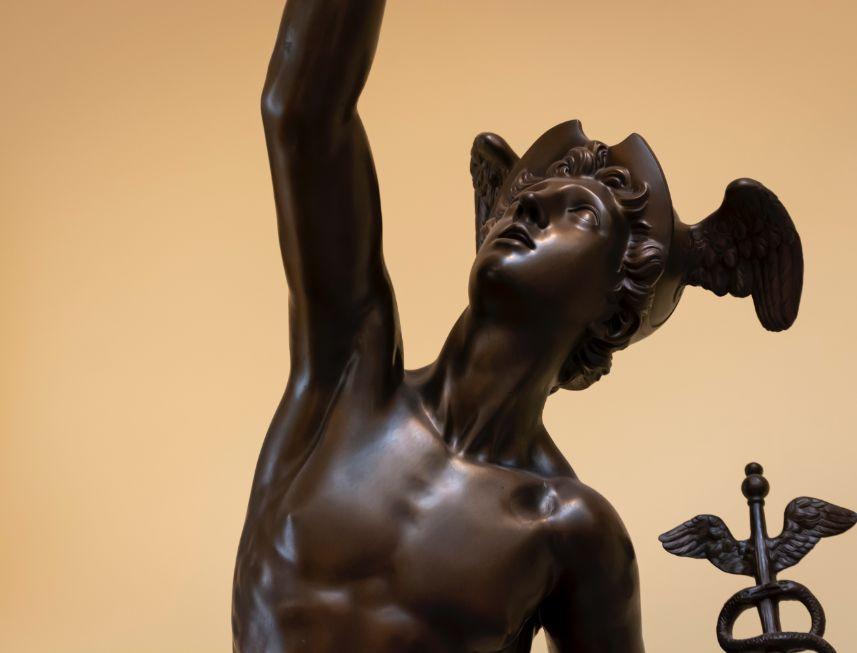
Image Source: Unsplash.com
Wood has been used for sculpture since ancient times. Though it is not as durable as stone sculpture, it has a softer appearance and is less heavy. Just like stone, wood when carved exposes the different beautiful colourful lines running through it.
Both hardwood and softwood can be used for sculpting. Wood is also more easily carved and can be carved more thinly than stone without fear of fracture.
However, wood when exposed to the elements will split or become infested with termites and other insects.
Metal
A lot of metals like gold, tin, aluminum, lead and others have been used for sculpture. Bronze which is an alloy of copper and tin is the most widely used metal for sculpture.
When melted into sculpture, metal is extremely strong and can be very durable. A bronze sculpture for example can withstand the elements to an extent and yet doesn’t possess the mammoth weight of a stone sculpture.
Metals can be bent, melted, and casted to form sculptures which will possess beautiful colours and shine.
Clay
Clay is one of the best materials for sculpture. The reason being that it is readily available, easy to mold when soft and can be heated to form various forms of itself. Such as terracotta earthenware and porcelain.
Clay is also used to create pottery and as demo’s of the desired sculpture an artist desires to make.
Clay is mostly used to make porcelain plates, pots, earthenware and figurines. It can be very durable.
Ivory
Ivory is gotten from elephant tusks. This material is very hard to work but produces delicate and beautiful sculptures.
In Africa and other parts of the world, ivory was also used to make pieces of jewelry.
TYPES OF SCULPTURE
1. Relief
These are sculptures made into the wall. A front view of a relief sculpture is enough to give the entire message. Relief sculptures are quite shallow into the surface.
2. Bas Relief
Here, the sculptures are only slightly raised from the surface.
3. High Relief
Here the sculptures are dramatically raised on the surface to give an illusion of reality.
4. Sunken Relief
Here the sculpture is made into the surface.
5. Free Standing Sculpture
This is a three dimensional sculpture that can be walked around and held.
USES OF SCULPTURE
- Aesthetics
One main use of sculpture is for beautification purposes. Sculpture lends beauty to an environment or a building(relief sculpture). Ivory sculptures and marble sculptures are renowned for their beauty and their fine polish.
- Religion
In ancient times, gods and goddesses were sculpted in temples. Sculptures can be found in Catholic churches and other places of worship.
Traditional African religions use wood sculptures as a link to ancestors and spirits.
- Politics and Cult
In prehistoric art, sculpture was used to show power and as a sign of a cult.
HISTORY
Sculptures have been used throughout history to preserve notable happenings and the faces, bust and sometimes full bodies of notable personalities such as Kings and Queens and other people of influence.
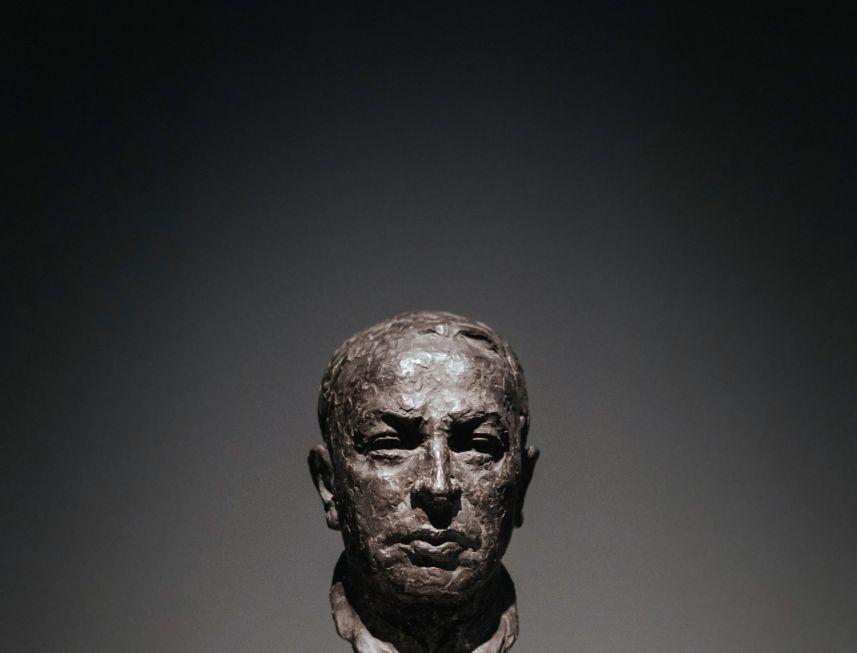
Image source: Unsplash.com
In conclusion, Art is a basic and important part of life, as is beauty and even air. Art lends an extraordinary quality to things that would normally be considered ordinary. Sculpture as a visual art is something that never gets old but evolves and becomes more beautiful and more profound century after century. From Stone to Clay to Metals and Plaster of Paris. Who knows what materials would be used for sculpting in the next century?
She's a beauty and an exquisite lady who enjoys the high life in writing and poetry. Her writing style and prowess is innovative and focuses on the feminine perspective, bringing nothing but wholesome gratification to the African, Afrocentric and Afro-American women at large

